- Future Students
- Current Students
- Faculty
- Staff
- Alumni
- Others
Moccasins and Meditation: A Reflective Week for the University of Guelph-Humber
Early Childhood Studies (ECS) program leads activities for students and employees to honour Canada’s National Day for Truth and Reconciliation
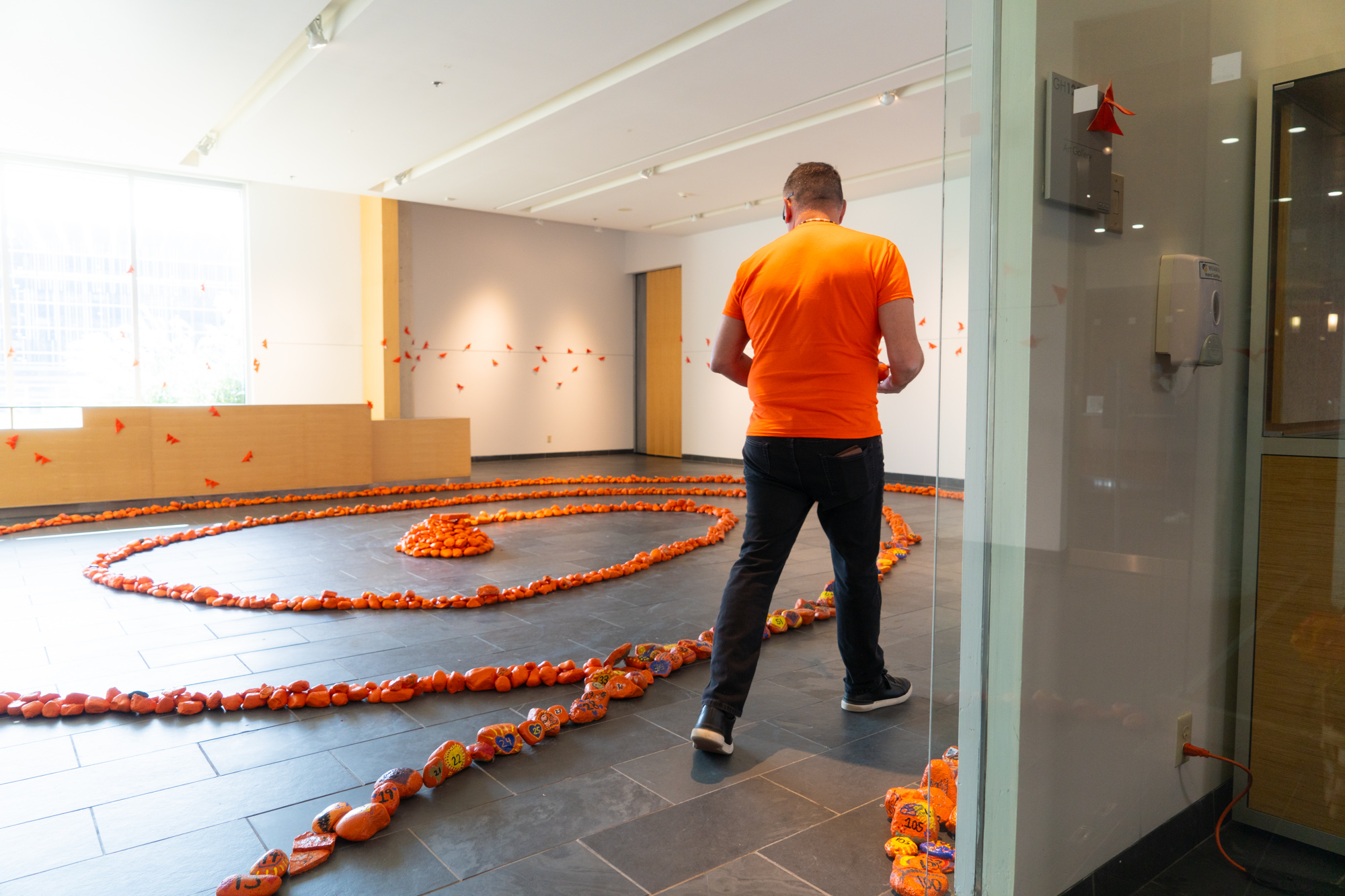
“Pause and Reflect,” a poster outside Guelph-Humber’s art gallery entrance gently encouraged those who walked by an immersive art exhibit on display this week. “These rocks commemorate the children who were lost to residential schools,” ECS Department Head, Dr. Nikki Martyn wrote. “Take a moment to walk through the labyrinth…There is no right or wrong way to feel or experience this.”
The Walking Meditation Labyrinth consisted of hundreds of orange rocks painted by members of the ECS program. Participants agreed this was an impactful way to represent more than 150,000 First Nations, Inuit, and Métis children who were taken from their families and communities and forced to attend Canadian Indian Residential Schools.
A table set up outside the gallery offered an opportunity for passersby to paint their own rocks to add to the display. Thanks to Humber’s Centre for Diversity and Inclusion, the rocks will eventually find a home in the campus gardens and in the Humber Arboretum.
“Experiences like the events of Orange Shirt Day provide an opportunity for our Indigenous community to feel seen, heard and loved,” said Dr. Martyn. “For me, this is a day of sharing love, kindness and understanding; a day in which we can open our hearts and allow ourselves to see and experience other perspectives.”
As part of the week-long activities, participants had the opportunity to learn from Elder Carolyn King, recipient of the National Order of Canada and founder of “The Moccasin Identifier”. Elder King joined students as they used stencils to adorn Guelph-Humber’s front steps and walkways with moccasin designs representing the Anishinaabe, Cree, Huron-Wendat, and Seneca people. Elder King explained the idea behind the stencils is that an individual would see it on the ground, be curious and ask, “What is that?”, opening the door to important discussions.
“National Day for Truth and Reconciliation and Orange Shirt Day are significant for Canadians across the country, and something the Guelph-Humber community takes seriously,” said Melanie Spence-Ariemma, Vice-Provost and Chief Academic Officer. “Publicly commemorating the painful history and the ongoing impacts of residential schools is an important part of reconciliation.”
Throughout this week of reflection, a mural of orange butterflies appeared on a wall in the atrium, filled with thoughts and feelings from the Guelph-Humber community. “Welcome whatever thoughts or feelings emerge, acknowledge and accept them,” Dr. Martyn encouraged.
“To end our week, we are going to allow the butterflies to fly freely,” Dr. Martyn explained, “to encourage the children (rocks) to transform and allow their loving energy to emulate throughout our institution and community.”
Visitors to campus are welcome and encouraged to experience the Walking Meditation Labyrinth, on display until Sunday, October 1st.
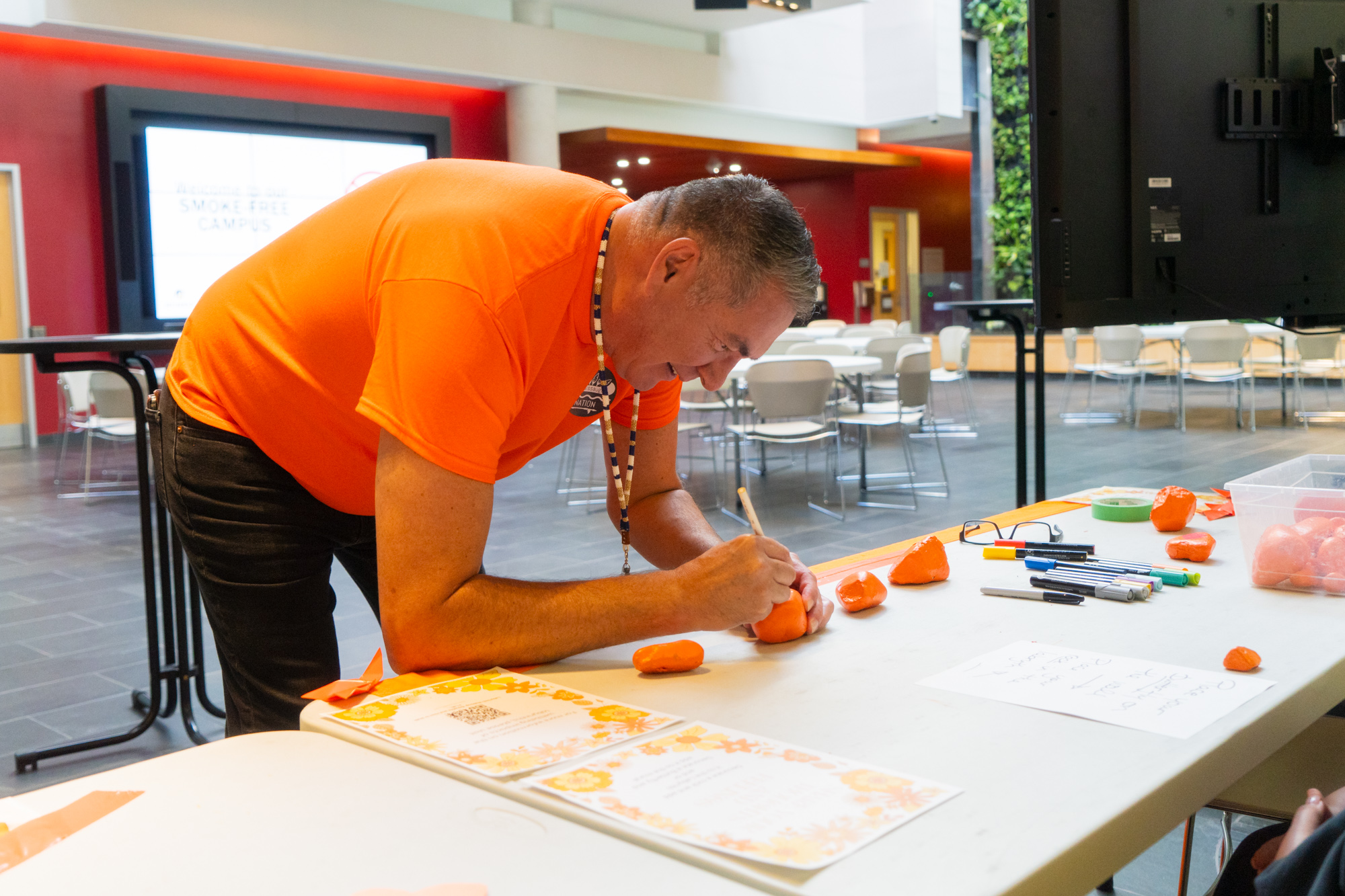
1 / 18
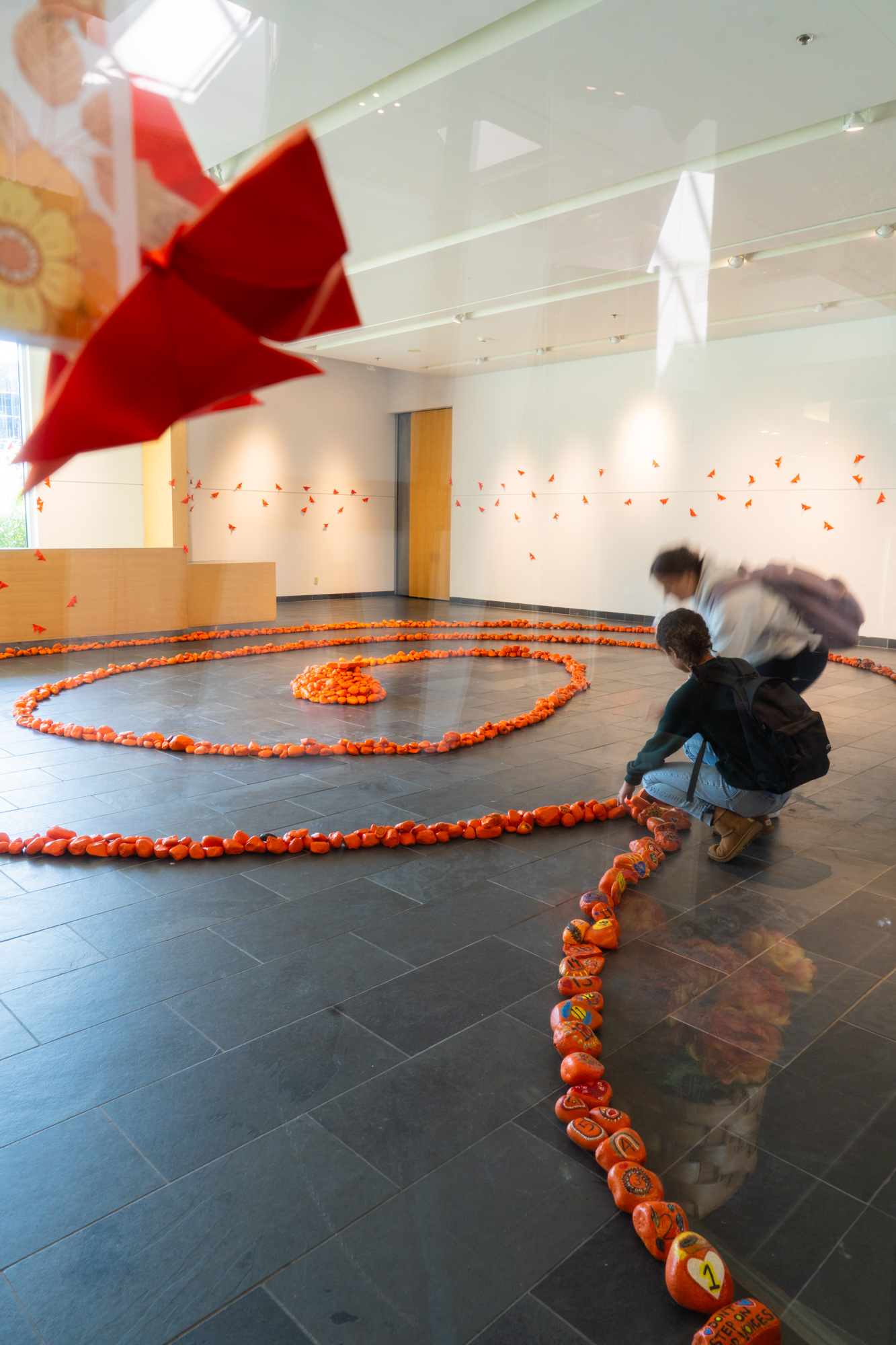
2 / 18
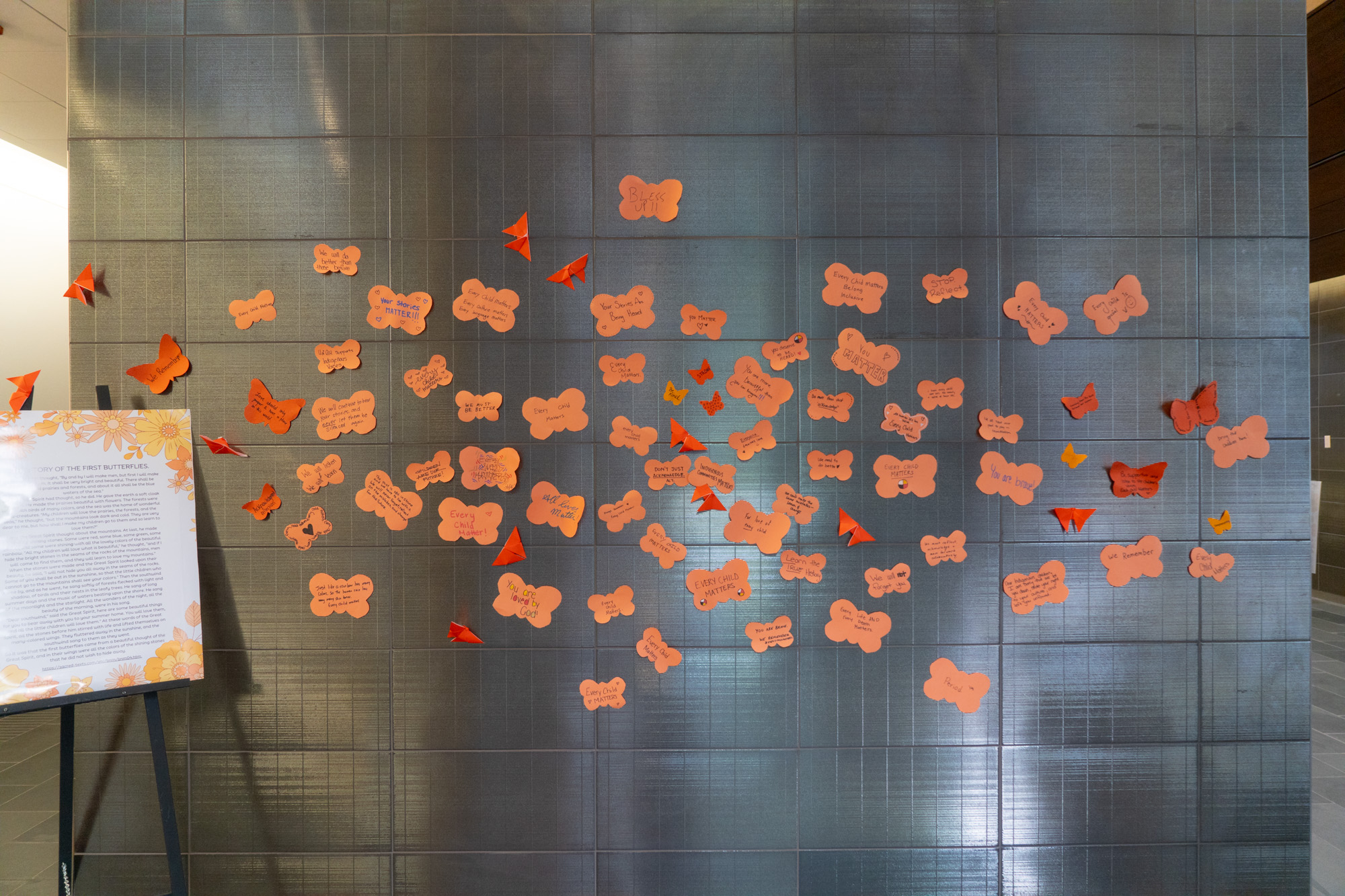
3 / 18
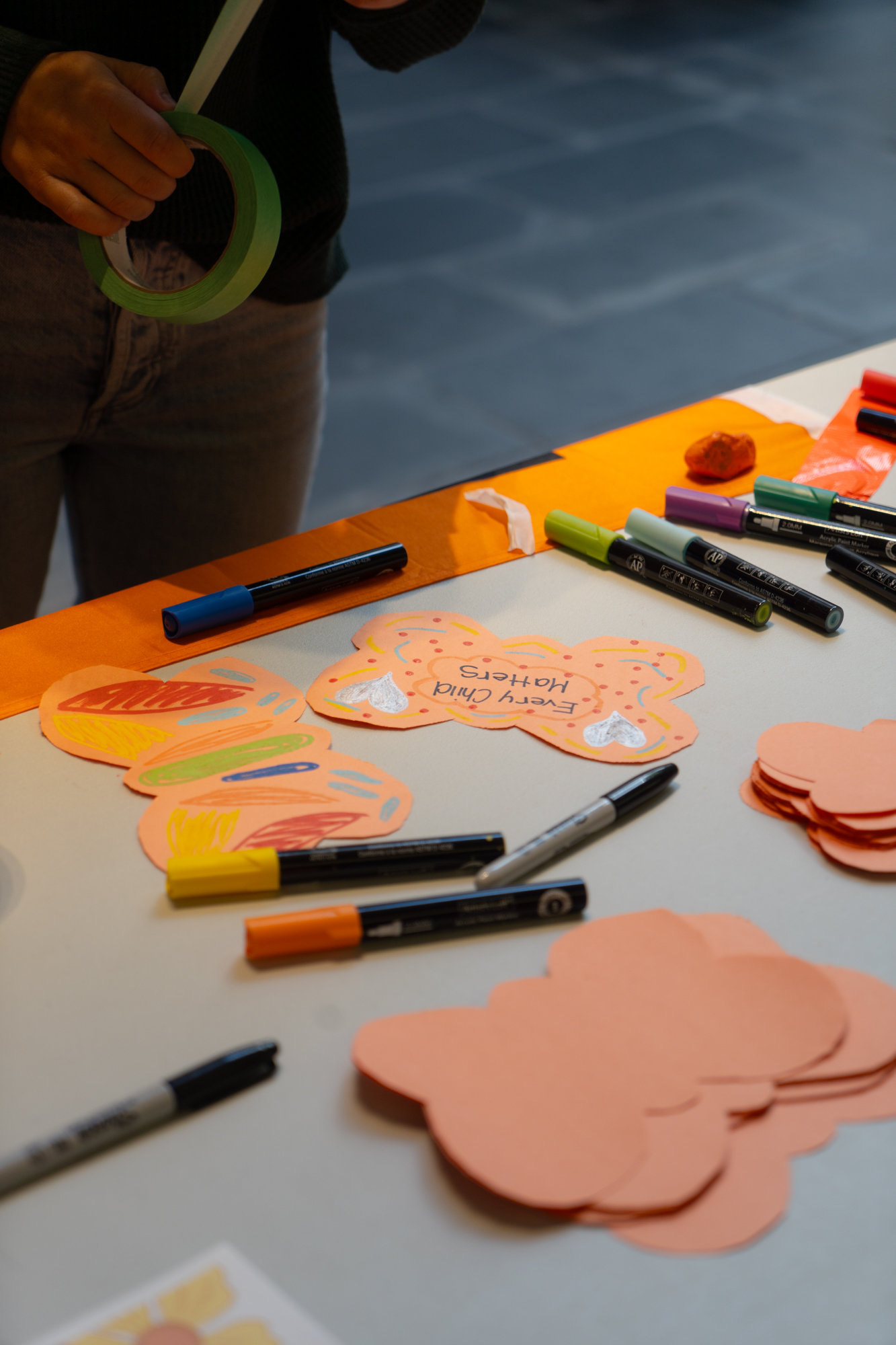
4 / 18
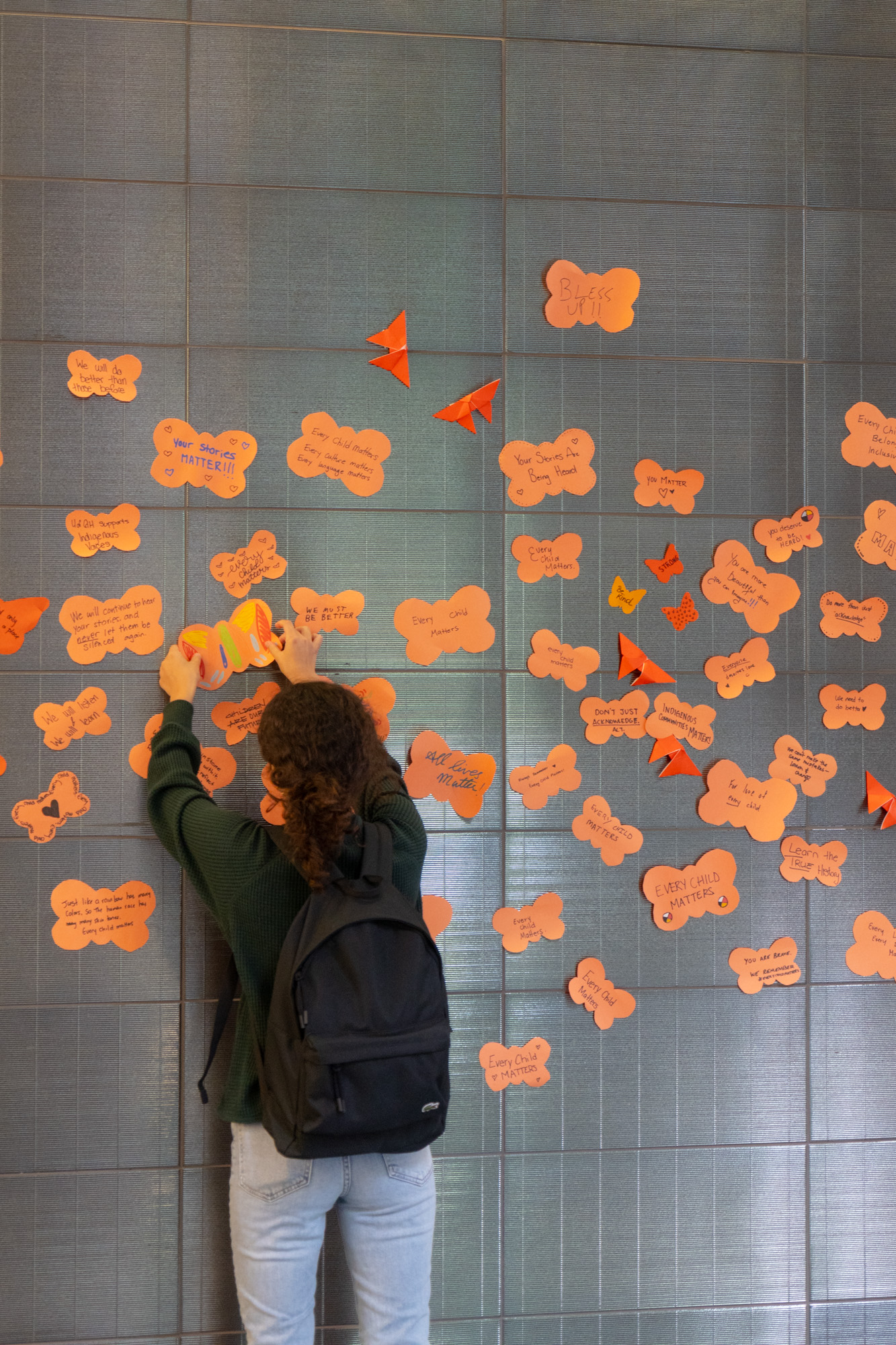
5 / 18
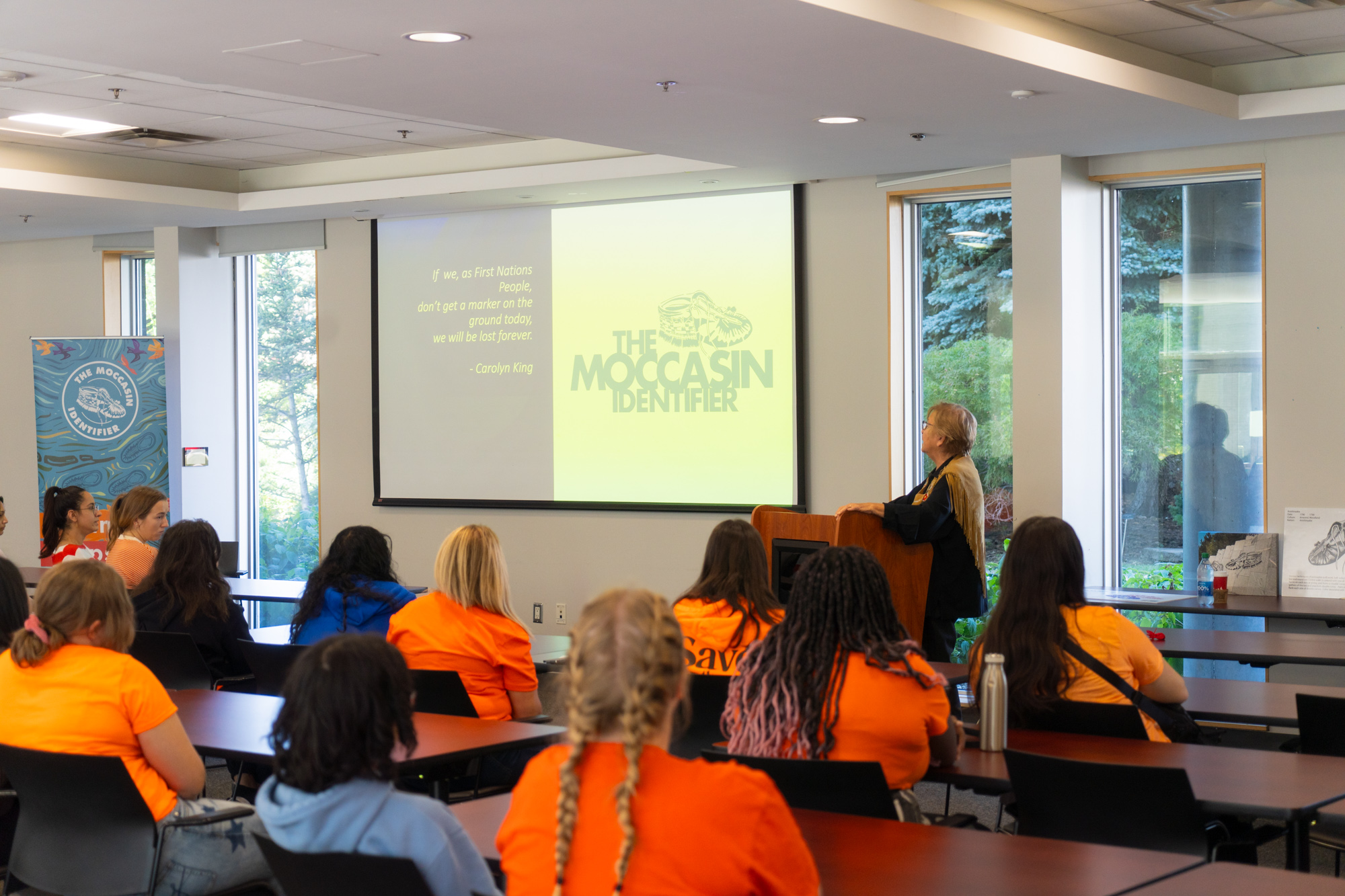
6 / 18
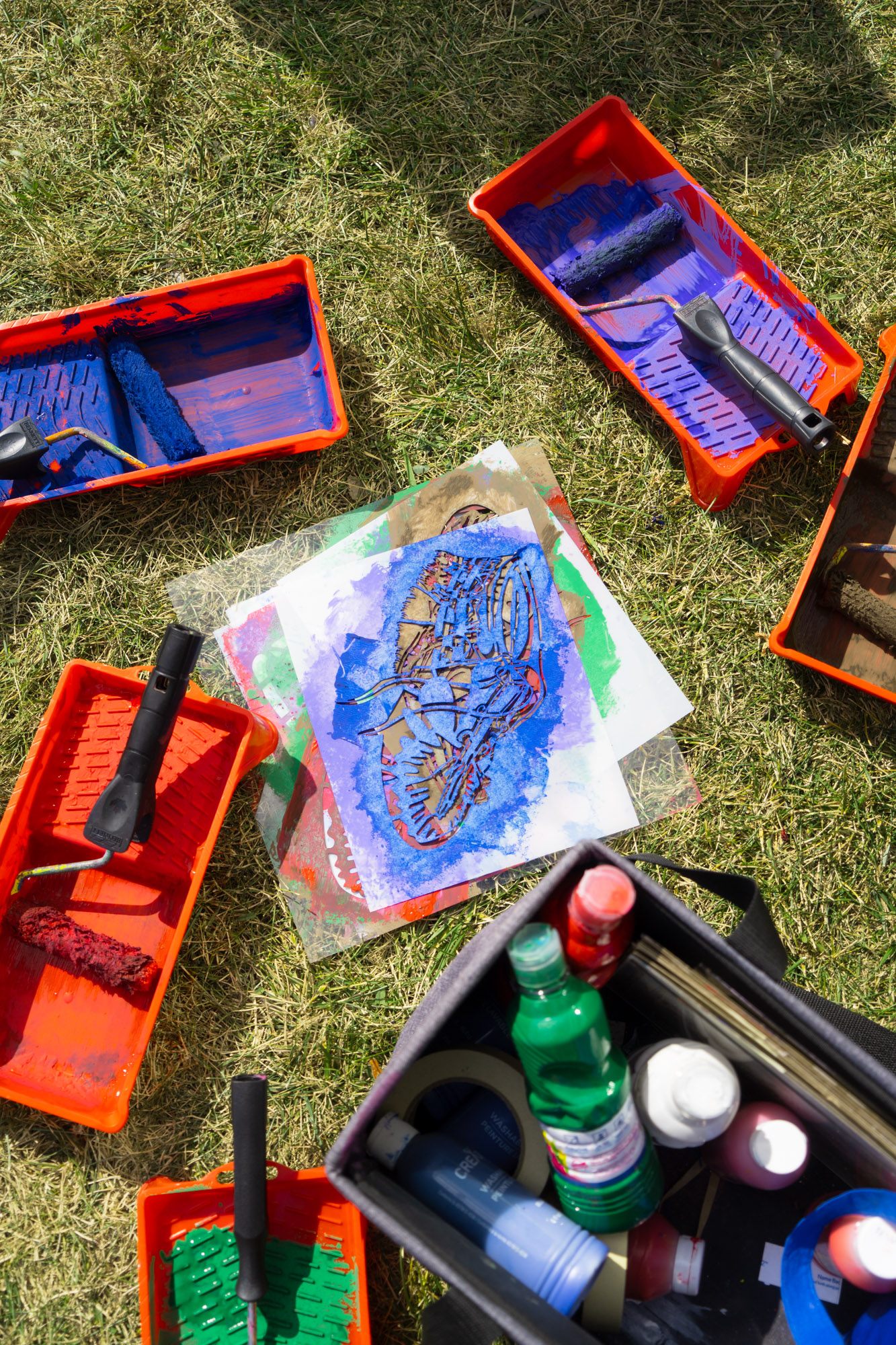
7 / 18
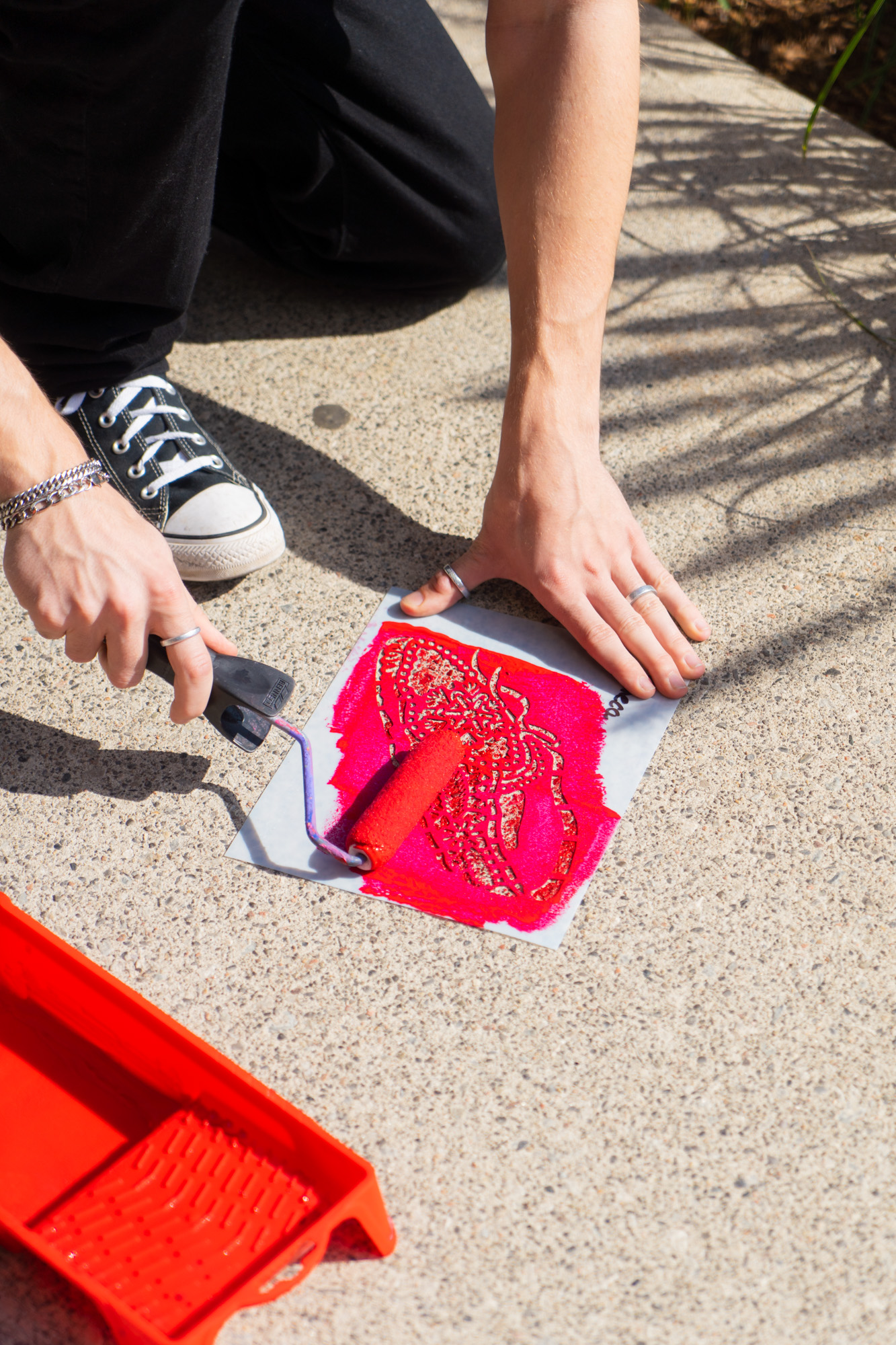
8 / 18

9 / 18
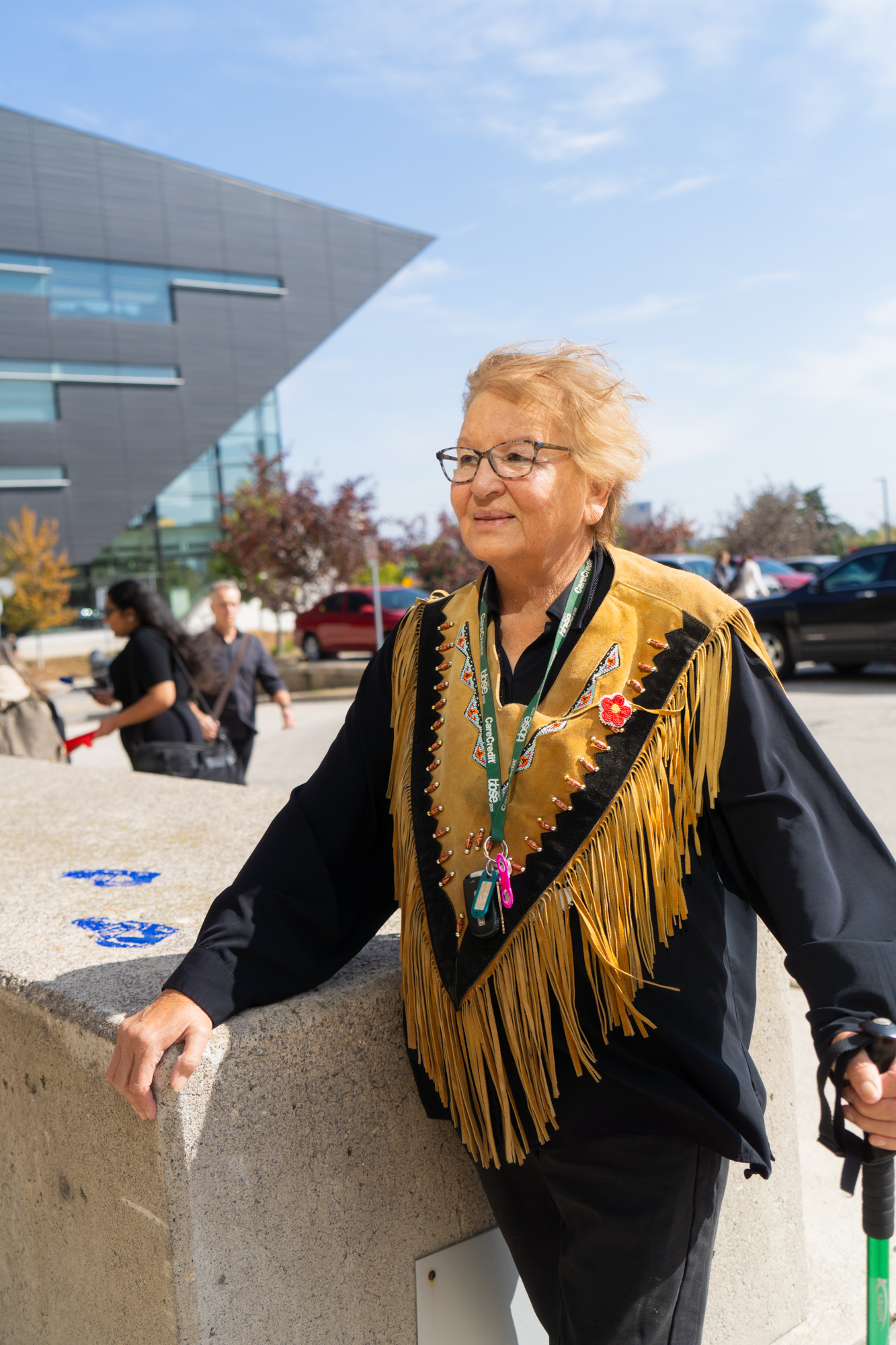
10 / 18
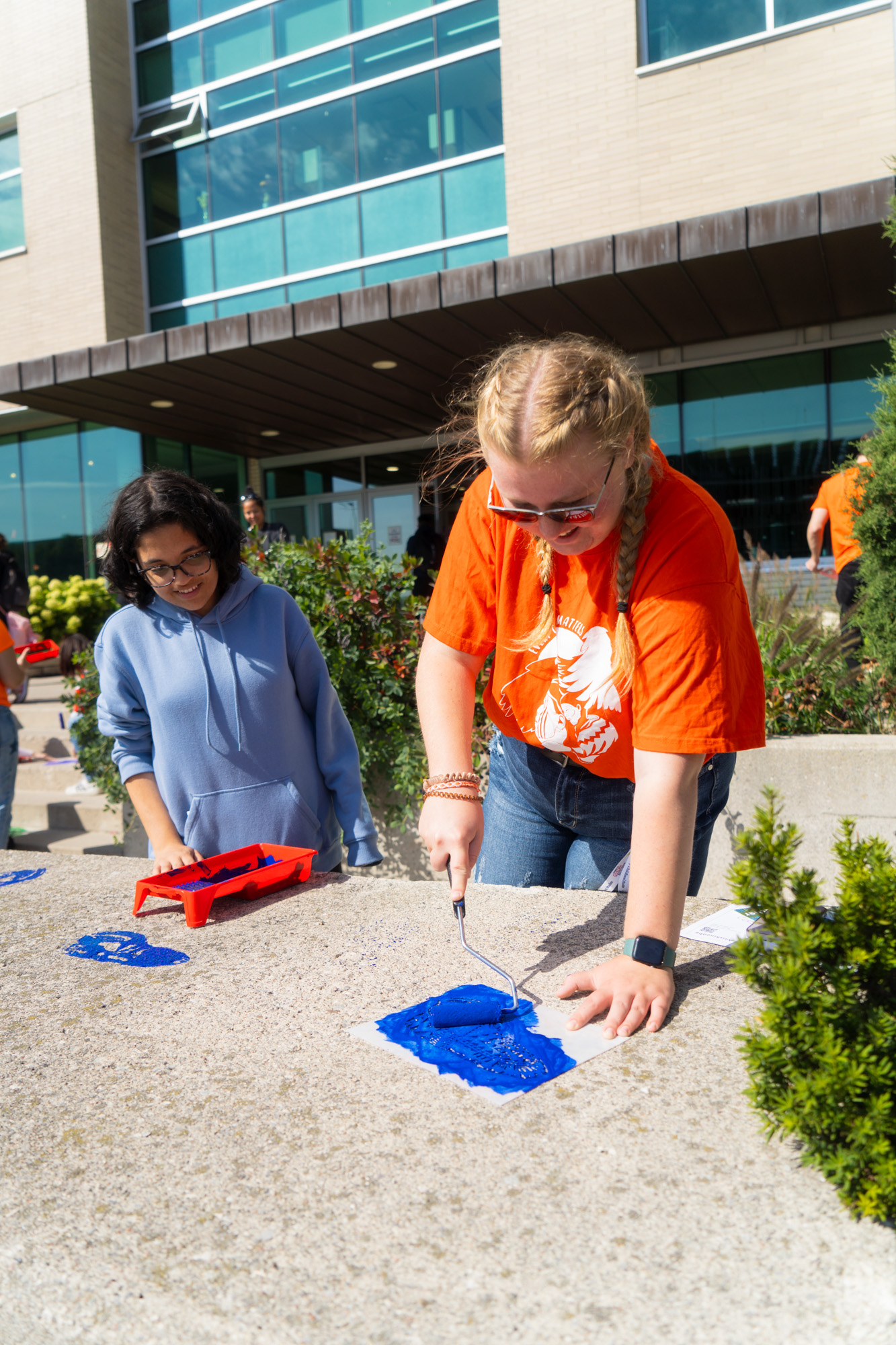
11 / 18
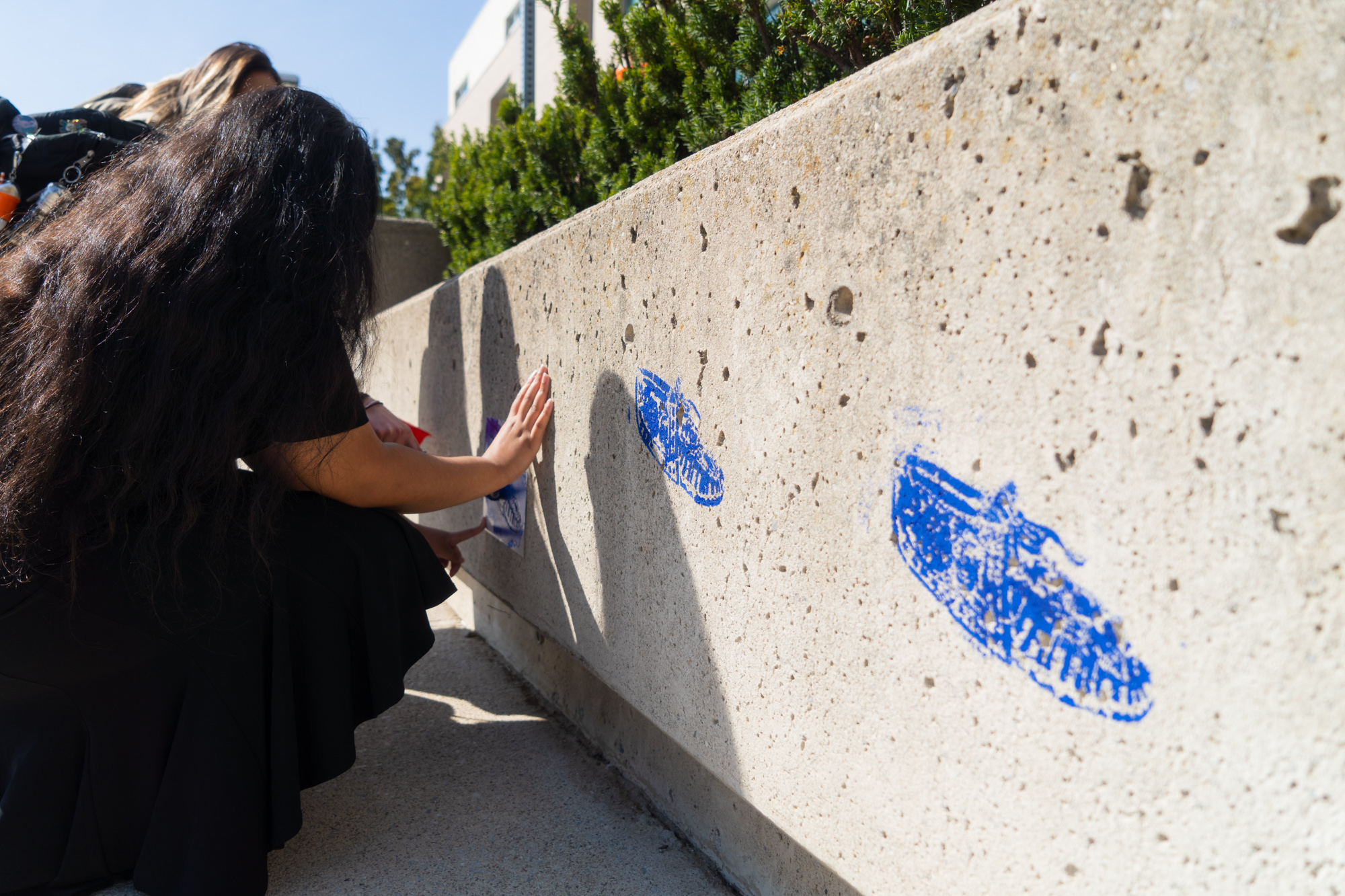
12 / 18
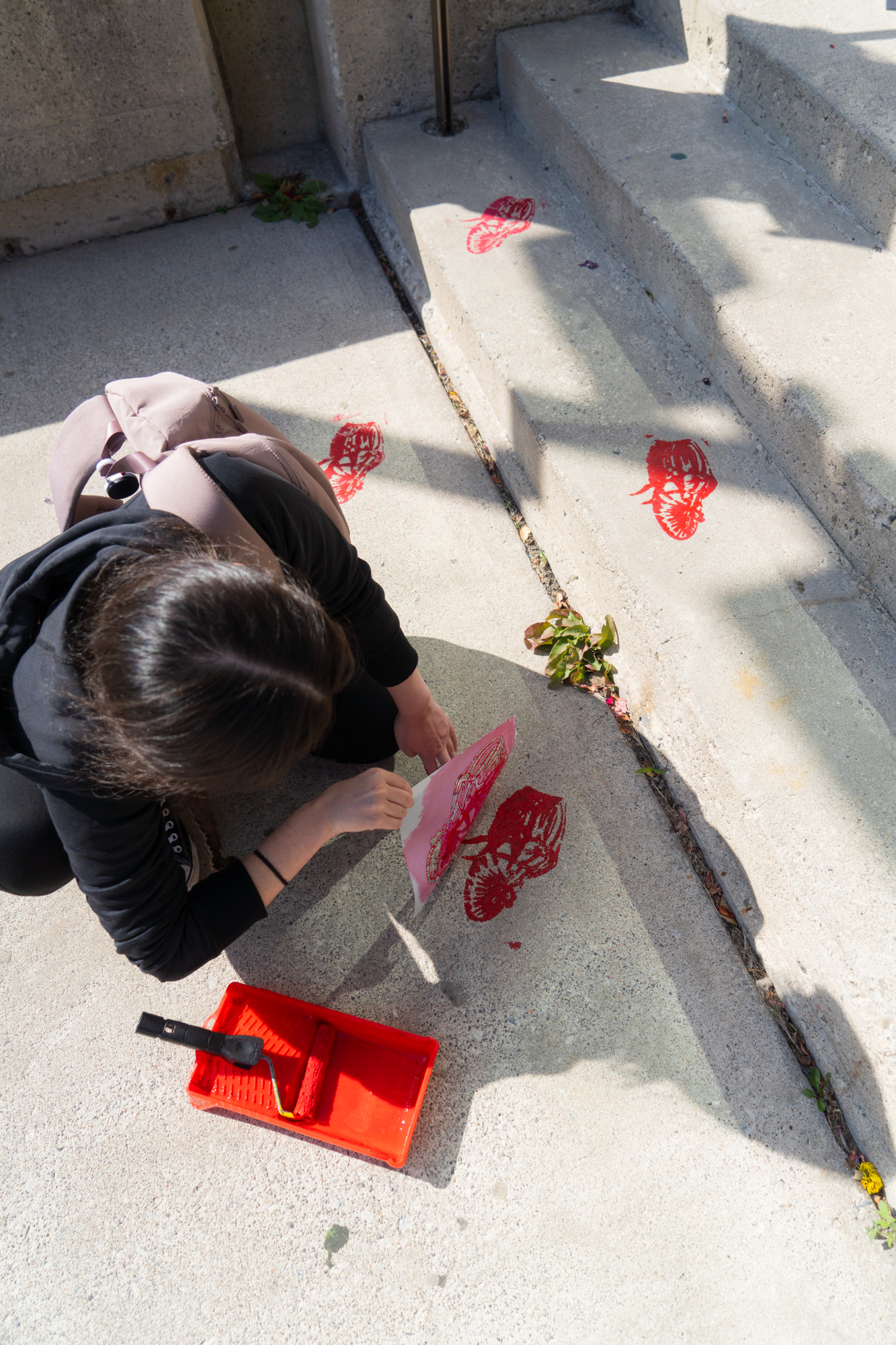
13 / 18
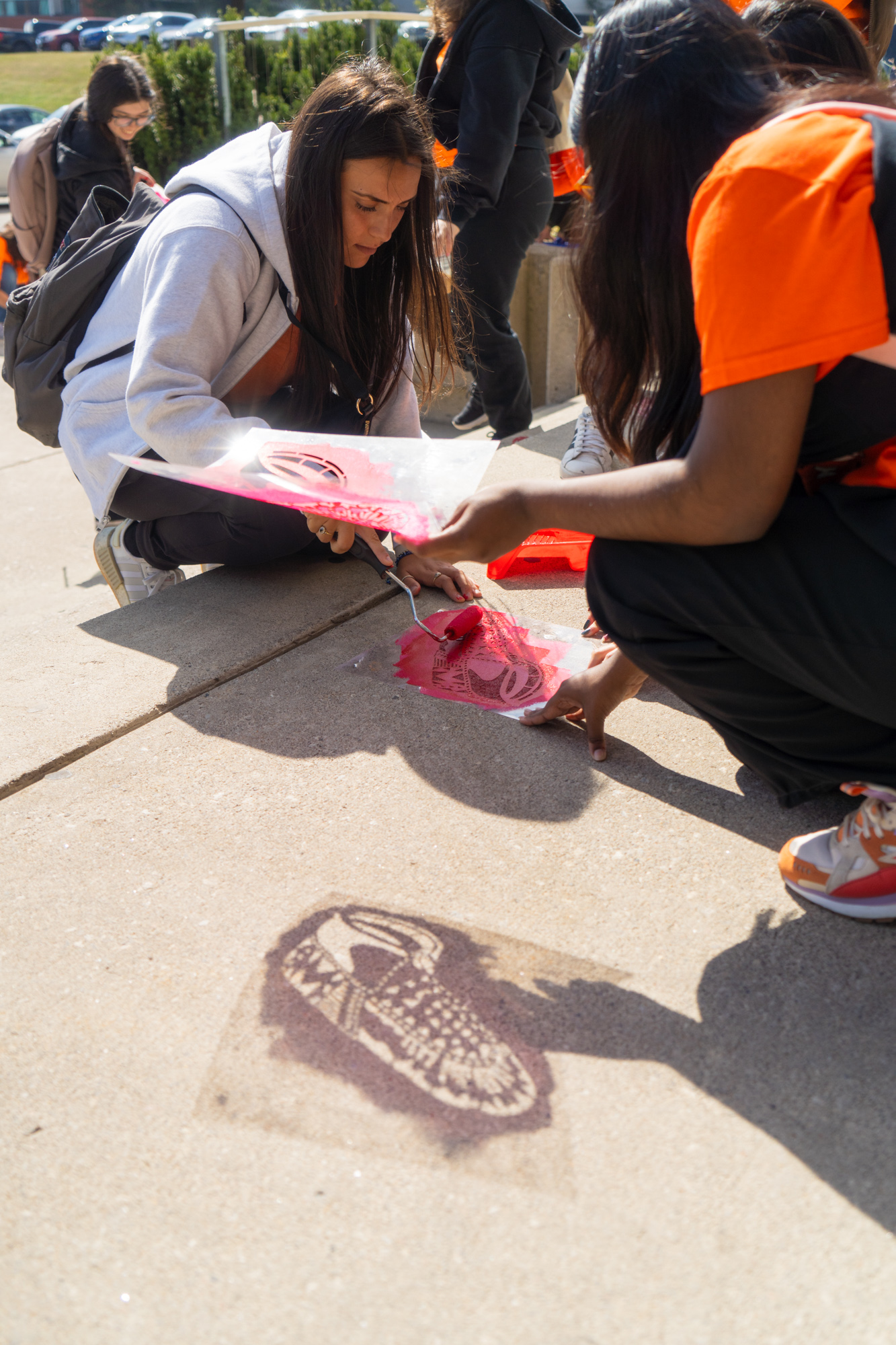
14 / 18
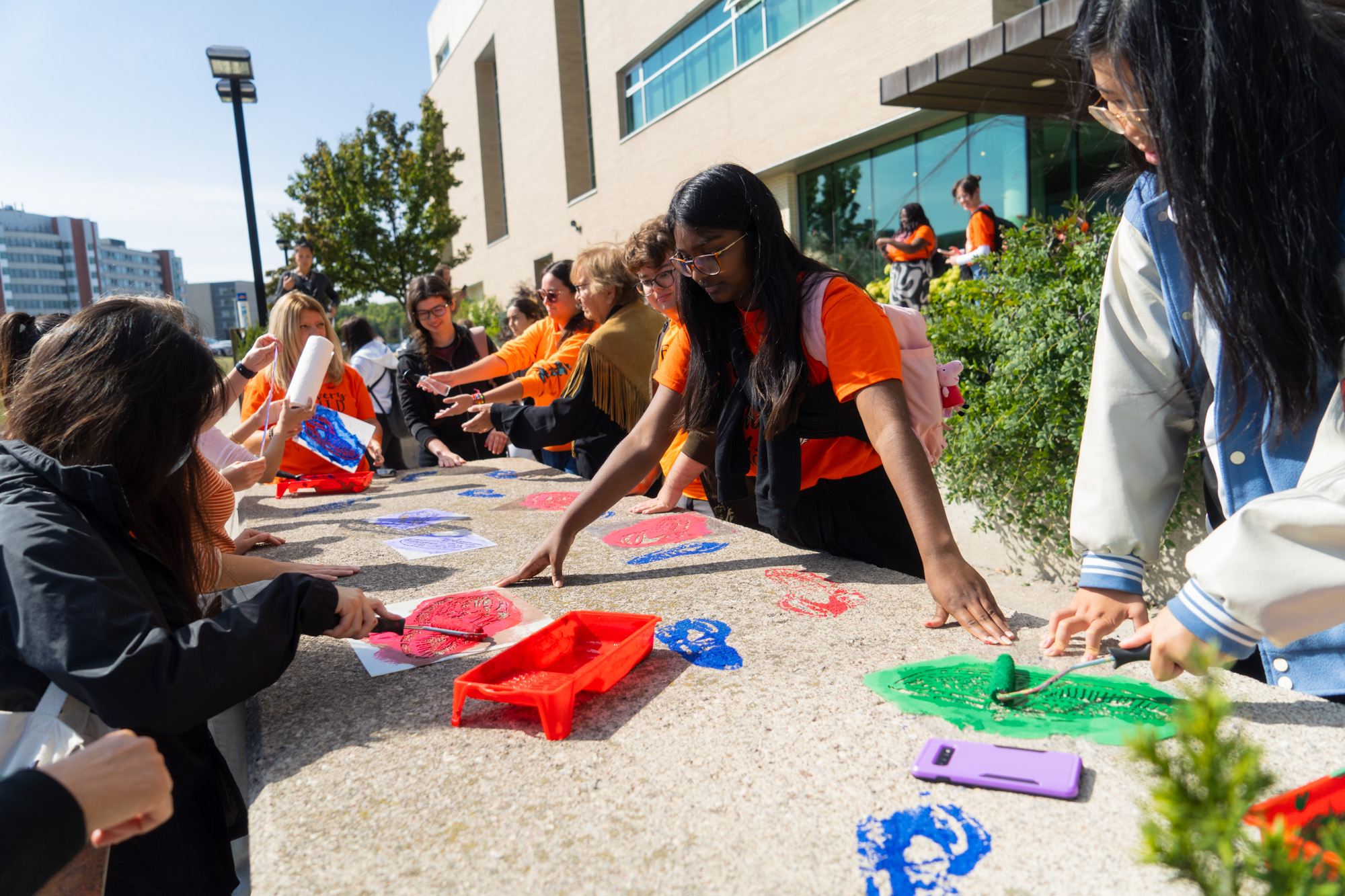
15 / 18
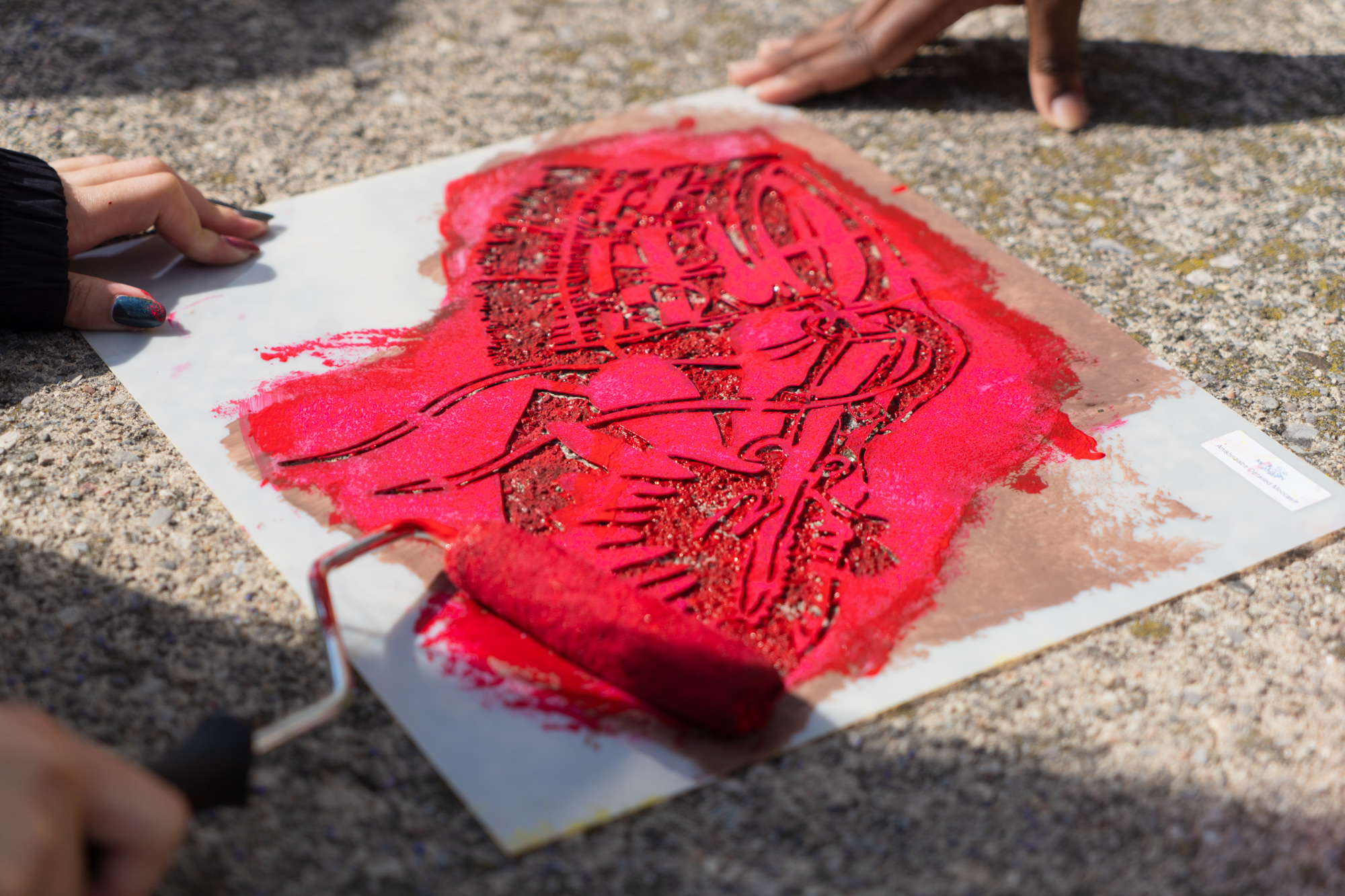
16 / 18
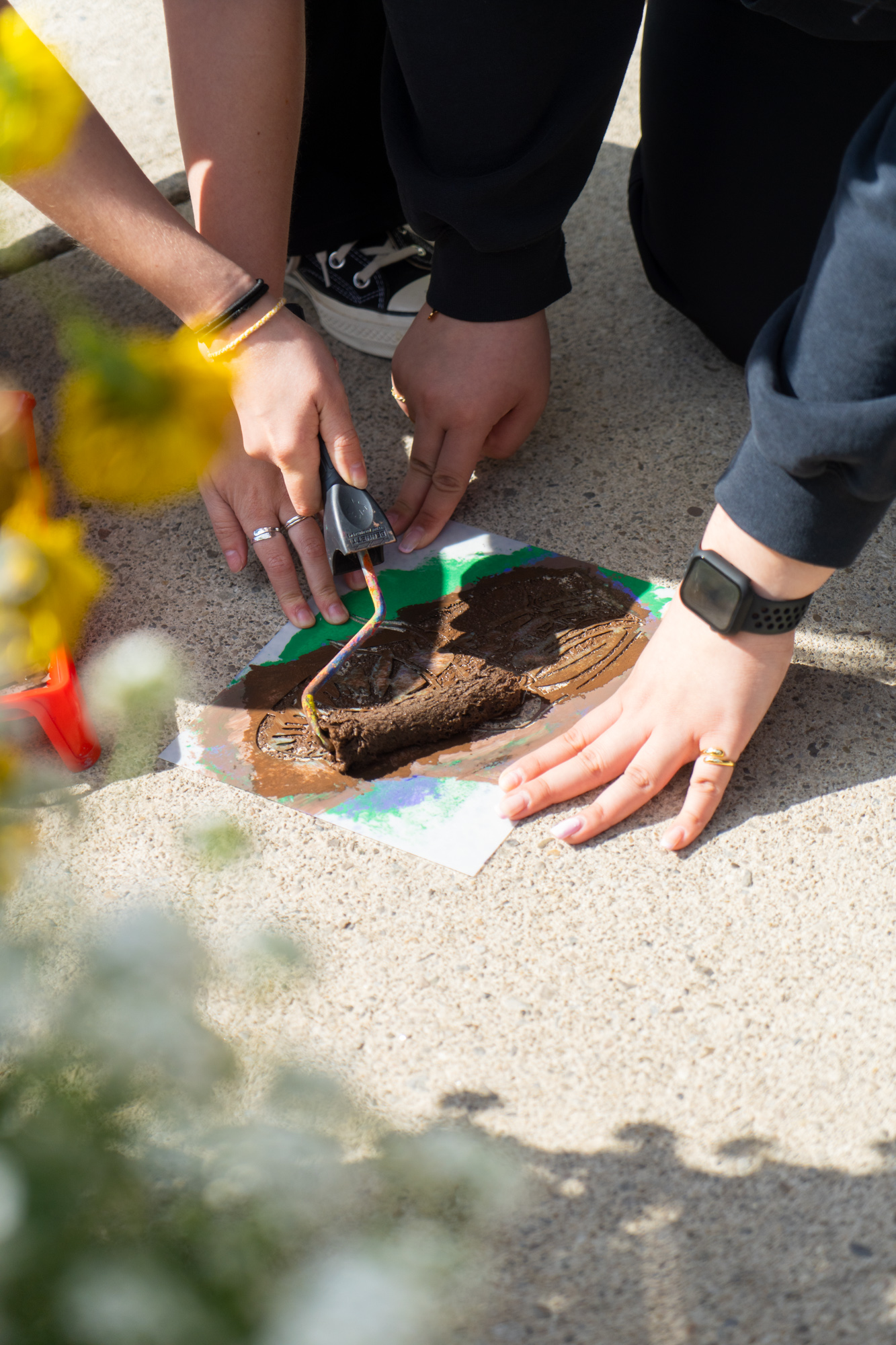
17 / 18
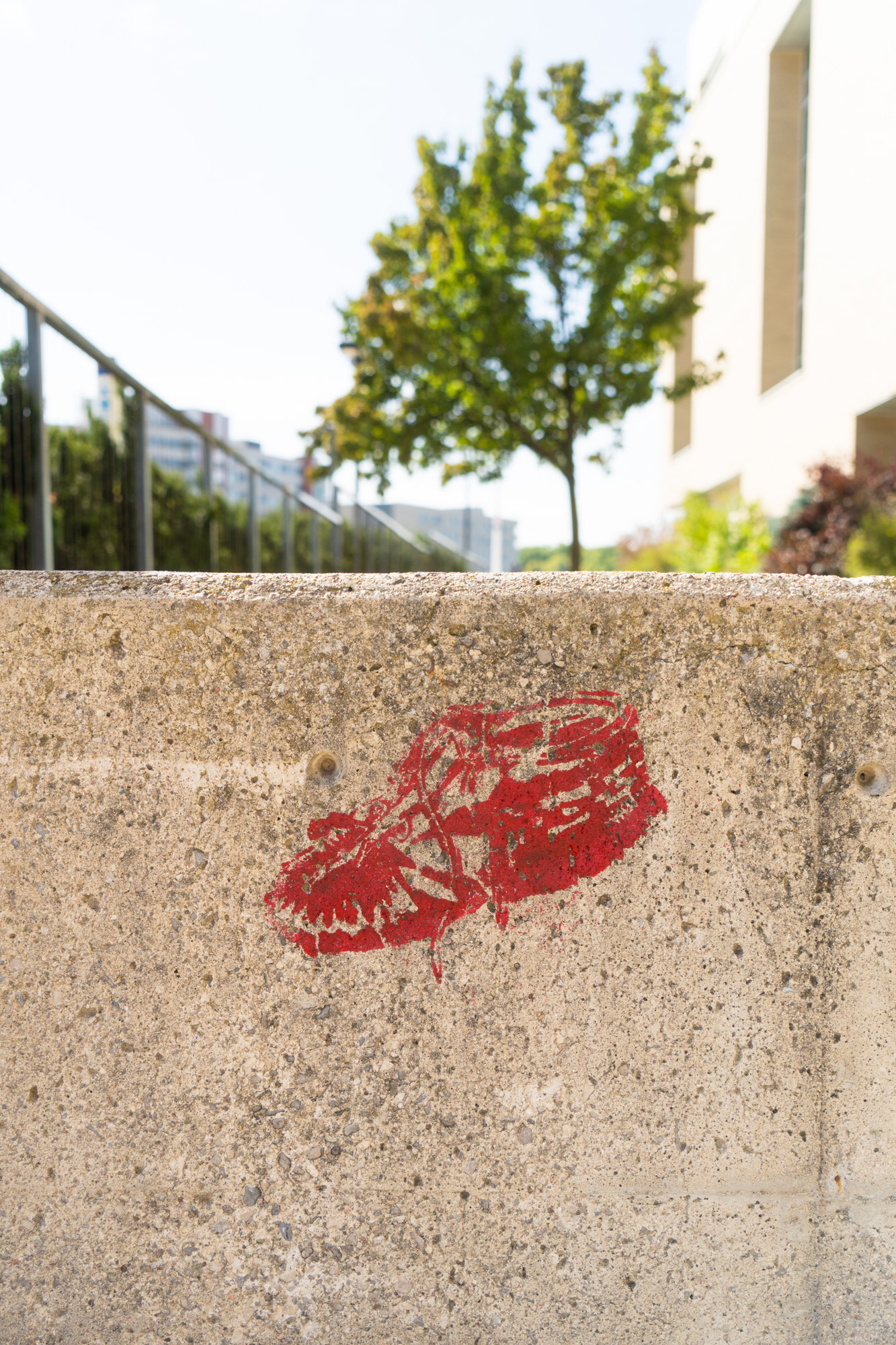
18 / 18

